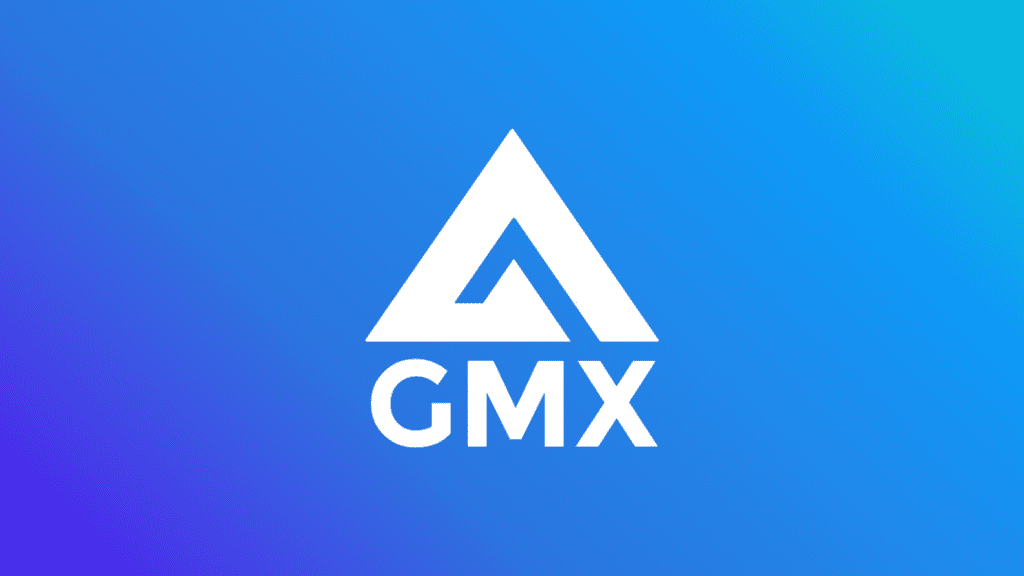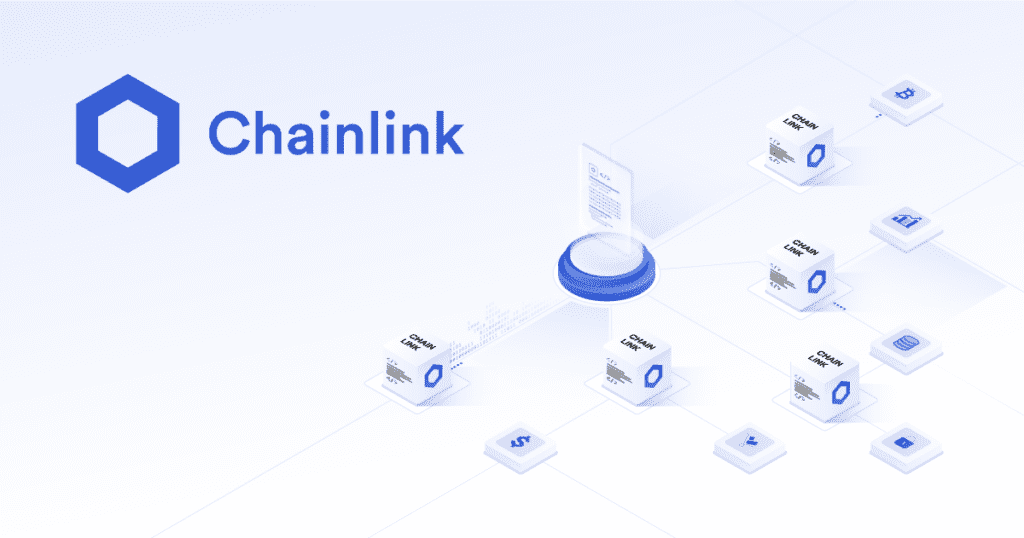Key Points:
- The DEX has suggested Chainlink as its oracle partner for its V2 as part of its ongoing efforts to decentralize GMX and increase resilience via modular maintenance and development of critical elements of the protocol.
- In comparison to current Chainlink reference feeds and other industry oracles, Chainlink’s new low-latency oracles may give more granular real-time market data to better allow crypto and non-crypto markets on V2.
- The major economic element for this proposal is a 1.2% distribution of protocol fees produced by the protocol to Chainlink services.
In order to make its protocol more durable and decentralized, GMX has recommended Chainlink as an Oracle partner for its V2.

The proposal proposes allocating 1.2% of the protocol fees earned by the GMX Protocol to the services of Chainlink and the Chainlink Network for future development and technical support of their low-latency Oracle solution used by the protocol.
Protocol fees include user costs, which are presently intended to include position open/close fees (“margin trading”), borrow fees, swap fees, and any other fees from which the GMX Treasury keeps a share.
Chainlink’s new low-latency oracles were created to meet the demands of perpetual exchanges and other price-sensitive DeFi products by delivering granular real-time market data for crypto and non-crypto marketplaces on the V2.
The low-latency Oracle beta has been put on the Arbitrum testnet, and testing by core contributors is continuing.

This proposal introduces a necessary infrastructure solution and development partner to assist GMX with its important oracle-related requirements, closely aligning Chainlink with GMXs continuing expansion as a leading decentralized perpetual exchange.
Trading on GMX, like a DEX, is backed by multi-asset pools, with liquidity providers receiving fees from market making, swaps, and leverage trading.
If governance accepts the use of low-latency Chainlink feeds for GMX V2, Labs, and contributors are ready to execute the necessary agreements and revisions to include them in the protocol.
According to on-chain statistics, BitMex creator Arthur Hayes is now the person address with the most quantity of GMX tokens.
DISCLAIMER: The Information on this website is provided as general market commentary and does not constitute investment advice. We encourage you to do your own research before investing.
Join us to keep track of news: https://linktr.ee/coincu
Harold
Coincu News






















